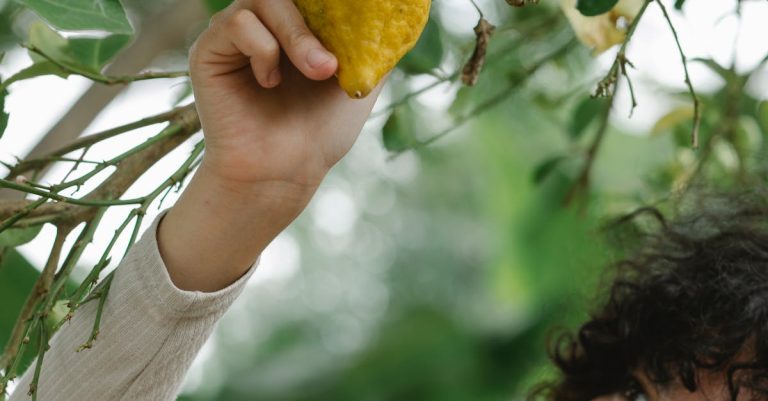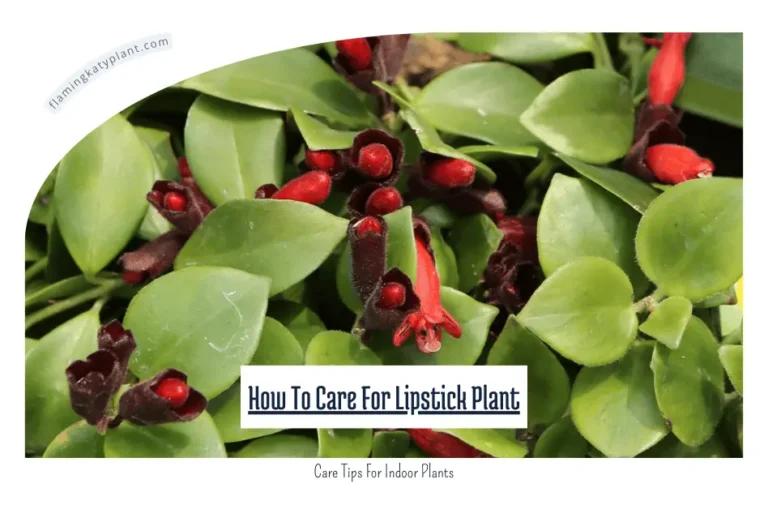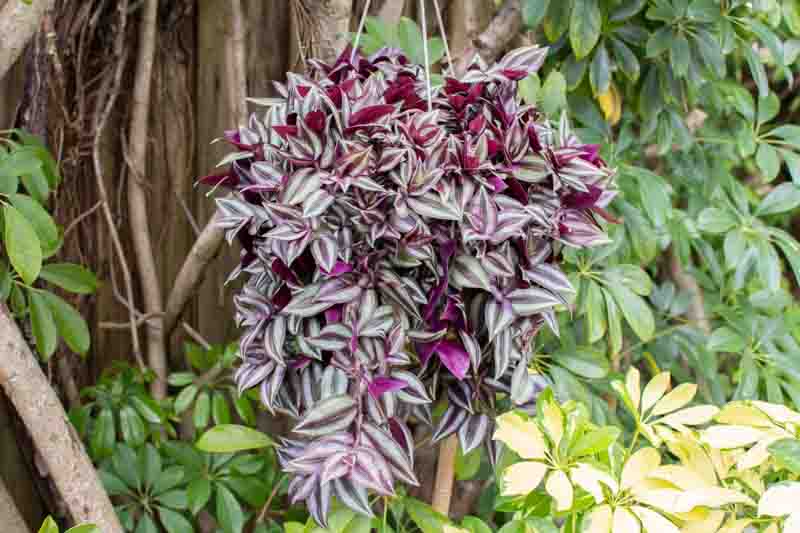How To Care For Monstera (Monstera deliciosa)
Monstera deliciosa, commonly known as the Swiss cheese plant, is a popular tropical houseplant known for its large, glossy leaves and unique fenestrations. This striking plant is native to the rainforests of Central America and has become a favorite among plant enthusiasts for its easy care and ability to thrive indoors.
Originally discovered in the late 1700s by naturalists exploring the Caribbean, Monstera deliciosa has since gained widespread popularity as a trendy houseplant. Its distinctive leaves and fast growth make it a sought-after addition to any indoor garden or jungle-inspired decor. With proper care, this plant can grow several feet tall and make a stunning statement piece in any room.
One key element to caring for Monstera deliciosa is ensuring it receives adequate sunlight. While this plant can tolerate low light conditions, it thrives in bright, indirect light. Placing it near a window with filtered sunlight or using a grow light can help promote healthy growth and prevent leggy stems. Additionally, regular watering and well-draining soil are essential to prevent root rot and maintain overall plant health.
Interestingly, Monstera deliciosa is not only prized for its ornamental value but also for the delicious fruit it produces in its native habitat. The fruit, which gives the plant its species name “deliciosa,” is said to taste like a combination of pineapple and banana. While it is rare for indoor Monstera plants to produce fruit, their unique foliage and easy care requirements make them a popular choice for plant lovers of all skill levels.
Pruning and regular fertilization can help keep Monstera deliciosa looking its best and encourage new growth. Trimming back any yellow or damaged leaves can promote healthy foliage development, while a balanced fertilizer formulated for houseplants can provide essential nutrients for optimal growth. With proper care and attention to its specific needs, Monstera deliciosa can be a rewarding addition to any plant collection.
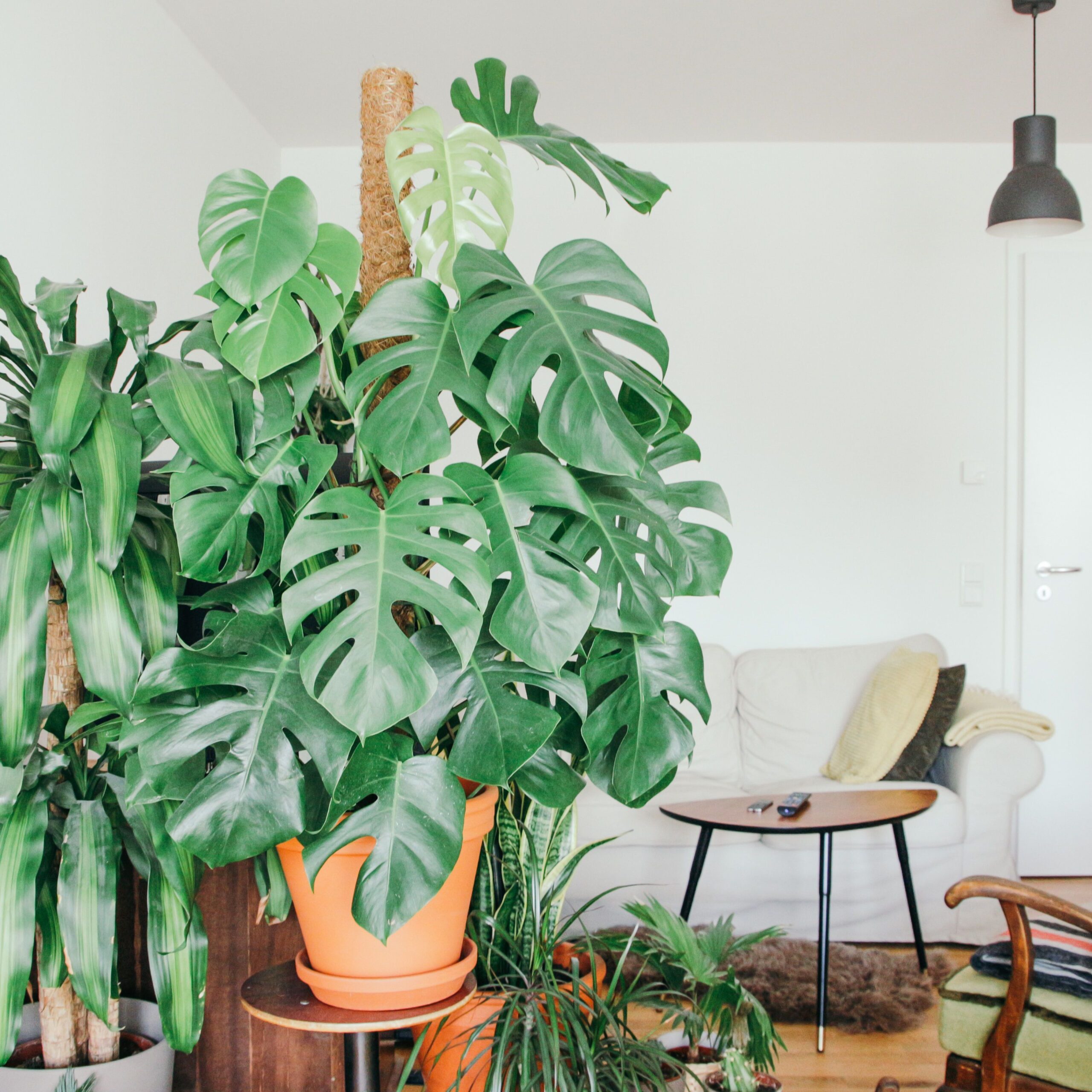
How can I properly care for Monstera (Monstera deliciosa) to ensure its growth and health?
Monstera, also known as Monstera deliciosa, is a popular houseplant known for its large, glossy leaves and easy care requirements. To ensure your Monstera thrives, it is essential to provide it with the right growing conditions, including bright, indirect sunlight, well-draining soil, and consistent watering. In the following sections, we will discuss in detail the specific care instructions needed to keep your Monstera healthy and flourishing.
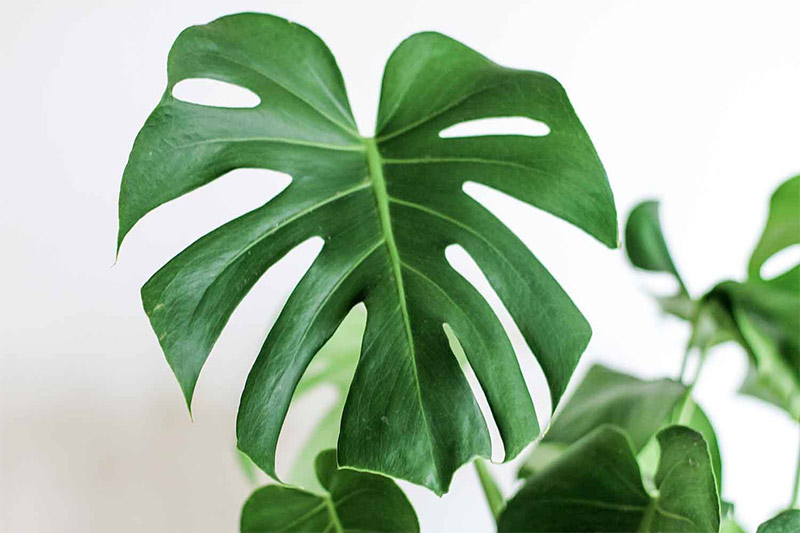
Monstera deliciosa, commonly known as the Swiss cheese plant, is a popular houseplant known for its large, glossy leaves with unique splits and holes. Caring for Monstera plants is relatively easy, as they are hardy and adaptable to a variety of conditions. Here are some tips on how to care for Monstera deliciosa:
Light: Monstera plants thrive in bright, indirect light. They can also tolerate some direct sunlight, but too much can cause their leaves to burn. Place your Monstera near a window where it can receive plenty of natural light without being exposed to harsh sunlight.
Watering: Monstera plants prefer slightly moist soil, but they do not like to sit in water. Water your plant when the top inch of soil feels dry to the touch. Allow any excess water to drain out of the bottom of the pot to prevent root rot.
Humidity: Monstera plants love humidity and thrive in moist environments. To increase humidity around your plant, you can mist its leaves regularly, place a humidifier nearby, or place a tray of water near the plant.
Temperature: Monstera plants prefer temperatures between 65-85°F (18-29°C). They can tolerate cooler temperatures, but they do not like sudden temperature drops or drafts.
Fertilizing: During the growing season (spring and summer), you can fertilize your Monstera plant every 2-4 weeks with a balanced houseplant fertilizer. Reduce fertilization during the fall and winter months when the plant is not actively growing.
Repotting: As Monstera plants grow, they may outgrow their pots. Repot your plant into a larger container with fresh soil every 1-2 years to give it room to grow.
Pruning: Monstera plants can grow quite large, so regular pruning is essential to maintain their shape and size. You can trim off any yellow or dead leaves, as well as cut back any long stems to promote bushier growth.
Pests: Keep an eye out for common houseplant pests like spider mites, mealybugs, and scale insects. If you notice any signs of infestation, treat your plant with insecticidal soap or neem oil.
By following these care tips, you can help your Monstera deliciosa thrive and grow into a beautiful, healthy plant that will liven up any room in your home. According to a recent survey, Monstera deliciosa is one of the most popular houseplants among plant enthusiasts.
1. How much sunlight does a Monstera plant need?
Monstera plants thrive in bright, indirect sunlight. Avoid placing them in direct sunlight as it can scorch their leaves.
2. How often should I water my Monstera plant?
Water your Monstera plant when the top inch of soil feels dry to the touch. It’s important not to overwater as this can lead to root rot.
3. What type of soil is best for Monstera plants?
Use a well-draining potting mix for your Monstera plant, such as a mix of peat moss, perlite, and compost. This will help prevent waterlogged soil.
4. How often should I fertilize my Monstera plant?
Fertilize your Monstera plant once a month during the growing season (spring and summer) with a balanced liquid fertilizer diluted to half strength.
5. What temperatures are ideal for Monstera plants?
Monstera plants prefer temperatures between 65-85°F (18-29°C). Avoid exposing them to temperatures below 50°F (10°C) as this can damage the plant.
6. Do Monstera plants need to be repotted often?
Monstera plants only need to be repotted when their roots start to outgrow their current container. This is usually every 1-2 years.
7. How can I propagate my Monstera plant?
You can propagate your Monstera plant by rooting a stem cutting in water or placing it directly in soil. Make sure the cutting has a few leaves and a node.
8. Are Monstera plants toxic to pets?
Yes, Monstera plants are toxic to pets if ingested. Keep them out of reach of pets and children to avoid any potential harm.
9. Why are the leaves on my Monstera plant turning yellow?
Yellow leaves on a Monstera plant can be a sign of overwatering, underwatering, or nutrient deficiency. Evaluate your watering and fertilizing habits to determine the cause.
10. How can I support the growth of my Monstera plant?
Use a moss pole or trellis to support the climbing growth of your Monstera plant. This will help it grow tall and develop its iconic split leaves.
Conclusion
In conclusion, caring for a Monstera (Monstera deliciosa) plant involves providing it with the right amount of sunlight, water, and humidity to ensure healthy growth. It is essential to place the plant in a location with bright, indirect sunlight and to water it thoroughly but allow the soil to dry out slightly between waterings. Regular misting or placing a humidifier nearby can also help maintain the ideal level of humidity for a Monstera plant. Additionally, providing the plant with a well-draining potting mix and adequate support for its aerial roots will promote healthy root development and overall growth. Pruning the plant to remove dead or yellowing leaves, as well as regularly cleaning its leaves to prevent dust buildup, will help keep the Monstera looking its best. Overall, with proper care and attention to its specific needs, a Monstera plant can thrive and add a touch of tropical beauty to any indoor space.


